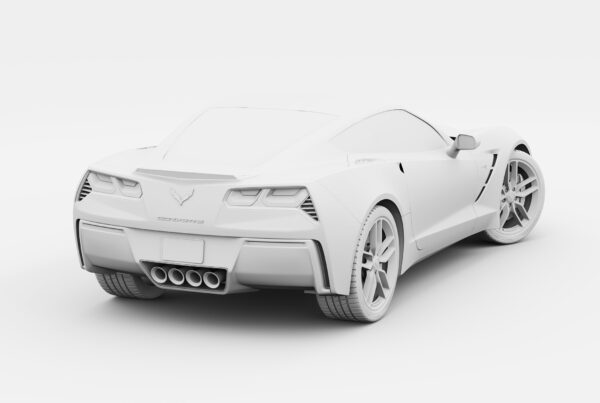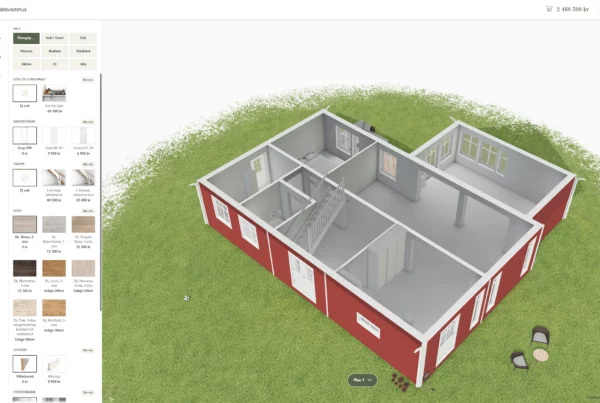E-commerce has been a hot topic for some time now, and rightly so. With the increasing popularity of online shopping, traditional physical stores are quickly becoming a thing of the past. And the future of e-commerce looks even more promising.
But what will the future of e-commerce look like?
First, we can expect to see more personalized experiences. Online retailers will use data and analytics to create tailored shopping experiences that cater to each customer’s unique needs and preferences. This will not only improve customer satisfaction but also increase sales. We can also expect to see greater integration between e-commerce and social media. Social media platforms such as Instagram and Facebook are already testing purchase features, allowing customers to buy products directly from their feeds. This trend is expected to continue, making social media an even more important player in the e-commerce landscape.
Another exciting development is the emergence of augmented reality (AR) and virtual reality (VR) in e-commerce. With AR and VR, customers can visualize products in real time, creating a more engaging shopping experience. This technology is already used by some retailers, and we can expect wider use in the future.

Exploiting the full potential of adaptation
With all these exciting advances, there are also concerns about the impact of e-commerce on traditional retail jobs. As more people shop online, we can expect a decline in the number of jobs in the retail sector. It is important that policy makers and businesses find ways to mitigate this impact and ensure that the benefits of e-commerce are shared more widely.
In recent years, 3D configurators have become extremely popular as they allow customers to customize products according to their preferences in an engaging way. These configurators are used in various industries, including fashion, automotive, furniture and even the real estate market. With the advancement of technology, the future of 3D configurators looks promising. In this article, we will discuss the potential of 3D configurators and how they can revolutionize the customization industry for modular products.
3D configurators
3D configurators are pioneering the modular configuration industry. They provide an interactive and engaging experience that allows customers to visualize and design their products in real time. Using 3D configurators, customers can explore different options, such as colors, textures, materials and even shapes. As a result, customers can create unique and personalized products that meet their specific needs. Visualizing a modular product provides a deeper understanding of the upcoming purchase while increasing engagement with the product before it is even purchased.
3D configurators also help companies reduce production costs. Allowing customers to design their products avoids producing products that do not sell well. This not only saves money but also reduces waste, making it an environmentally friendly solution.

The future of 3D configurators
The future of 3D configurators looks bright, with many expected advances in the coming years. Here are some potential developments in 3D configurators:
Integration with AR and VR: The integration of augmented reality (AR) and virtual reality (VR) allows customers to have a more immersive experience. They can visualize the product in their physical environment and get a better idea of what it will look like. This will improve the customer experience and increase customer satisfaction. Animech has already developed a module for Aniconfigurator that converts 3D files on the web into standardized file formats for AR that work in the browser. When new hardware like Apple’s Vision Pro hits the market and potential customers are ready, Animech will have VR support for all 3D on the web.
Artificial Intelligence (AI) and Machine Learning (ML): Using AI and ML, 3D configurators can provide personalized recommendations to customers. Based on their previous choices, the configurator can suggest suitable products or design options. This saves time for customers and makes the customization process more efficient. With advances in AI, assistance will be spot-on and unnecessary delivery of products that do not meet customer expectations will be a thing of the past.
Real-time pricing: 3D configurators can also provide real-time pricing based on customer choices. This helps customers make informed decisions and avoid surprises during the checkout process. This may sound obvious, but many companies still have complex price quotes where customers do not know what a product will cost in the end.
Collaboration: 3D configurators can also enable collaboration between customers and designers. Customers can share their design ideas with designers and get feedback or suggestions. This will not only improve the customer experience, but also increase the quality of the final product and enable collaboration.
3D configurators have huge potential in the customization and module industry. Using technology, 3D configurators can provide a compelling and personalized experience for customers. The future of 3D configurators looks promising, with progress expected in the coming years. Companies that embrace 3D configurators can gain a competitive advantage by offering unique and personalized products to their customers.
Book a free consultation to find out how Animech can help your business thrive using 3D visualization.






